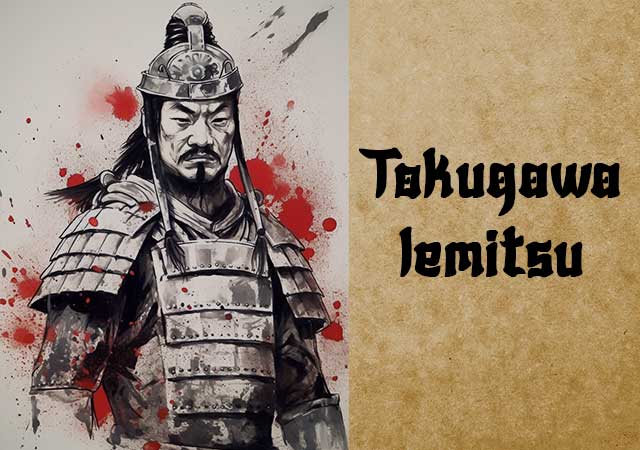
Tokugawa Iemitsu, the eldest son of Tokugawa Hidetada, held a special place in the heart of his grandfather, Tokugawa Ieyasu. Although his younger brother Tadanaga was favored by their parents and initially considered as Hidetada’s successor, Ieyasu asserted that Iemitsu would inherit the position. Interestingly, during his childhood, Iemitsu shared the same name as his grandfather, Takechiyo.
In 1617, Iemitsu celebrated his Coming of Age ceremony, marking the official transition to adulthood and adopting the name Iemitsu. He was officially declared as the future shogun, a proclamation that was contested by his younger brother, sparking a bitter rivalry between them. When Hidetada passed away in 1632, Iemitsu, fearing his brother's ambitions, compelled Tadanaga to commit seppuku to eliminate any threat to his authority.
Moreover, Iemitsu disregarded the regents, a group of daimyo appointed by his father to serve as advisors, instead favoring his own circle of trusted friends. While this decision caused discontent among the daimyo, it led to the establishment of a robust and centralized government. Any dissent from the daimyo was swiftly dealt with, often resulting in their forced removal from positions of influence.
Iemitsu was responsible for implementing the Sankin Kotai system, which required daimyo to travel between their provinces and Edo (Tokyo), spending designated periods attending the court and maintaining separate residences in the city, where their families were held as hostages. This system served to control the daimyo and impose financial strain, limiting their ability to acquire arms, armor, and maintain large armies. Additionally, Iemitsu enforced Japan's isolationist policies, known as Sakoku, prohibiting foreigners from entering the country and restricting Japanese citizens from leaving. Foreign trade was strictly regulated and conducted solely at Deshima, a small island in Nagasaki.
Legend has it that in 1620, Iemitsu had a dispute with his childhood friend, as well as his homosexual partner and retainer, Sakabe Gozaemon, resulting in Gozaemon's death during a confrontation while they were bathing together. Seventeen years later, the Shimabara Rebellion erupted, with over 27,000 individuals killed or executed in protest against Iemitsu's policies.
Shogun Iemitsu passed away at the age of 47 on June 8, 1651, and was succeeded by his son, Tokugawa Ietsuna.
See also
-
Sakakibara Yasumasa
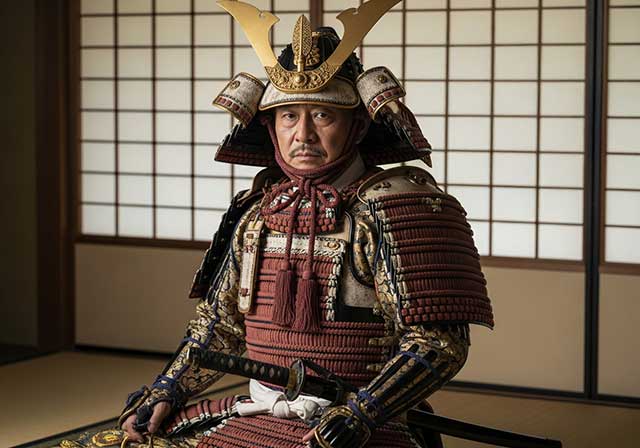
Yasumasa was the second son of Sakakibara Nagamasa and was born in Ueno in Mikawa Province. From a young age, he began serving Tokugawa Ieyasu and eventually rose to the position of one of his most trusted generals. His wife was the daughter of Osuga Yasutaka. Ieyasu first noticed the young Yasumasa during the suppression of the Ikkō-ikki uprising in Mikawa in 1564. Thanks to his demonstrated abilities, Yasumasa was granted the privilege of using the character “yasu”—the second character of Ieyasu’s own name—in his own. Although he was the second child in his family, he became his father’s heir, though the exact reasons for this remain unknown.
-
Sakai Tadatsugu
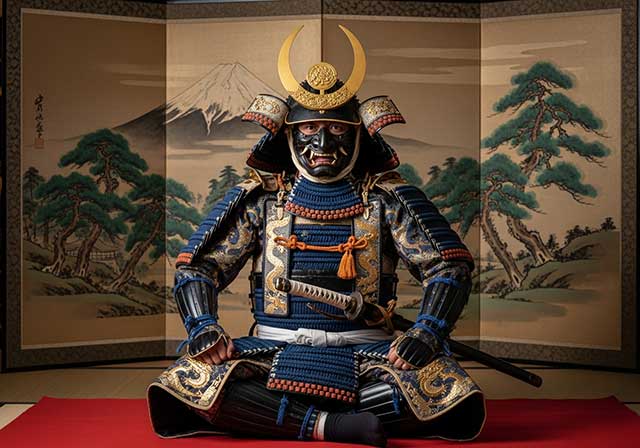
Tadatsugu was one of the most renowned generals serving Tokugawa Ieyasu. After Ieyasu broke ties with the Imagawa clan, Tadatsugu—an ardent supporter of this decision—was granted command of Yoshida Castle in 1565, which controlled the coastal road from Tōtomi to Mikawa. During the Battle of Mikatagahara in 1573, he held the right flank of the Tokugawa forces even when the troops sent by Oda fled under the assault of the Takeda army. In the Battle of Nagashino in 1575, he personally requested permission to carry out a night attack on the Takeda camp, which he executed brilliantly together with Kanamori Nagachika.
-
Ryuzoji Takanobu
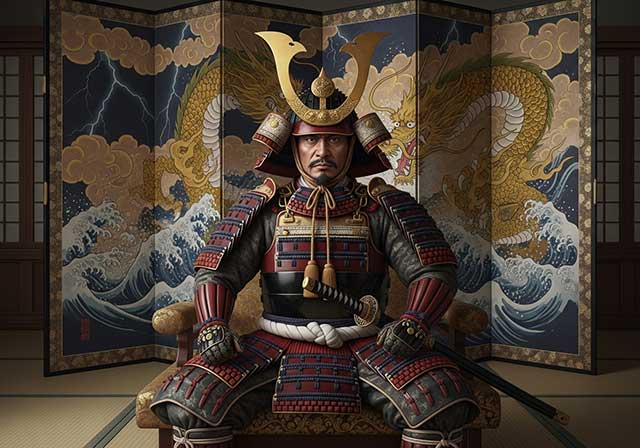
Takanobu was the eldest son of Ryūzōji Takaie and the great-grandson of Ryūzōji Iekane. His father was killed by a man named Baba Yoritiku in 1544. At a young age, Takanobu took Buddhist vows and received the monastic name Engetsu. However, around the age of eighteen, he returned to secular life, and in 1548, after the death of Ryūzōji Tanehide, he became the head of both branches of the Ryūzōji family.
-
Ouchi Yoshihiro
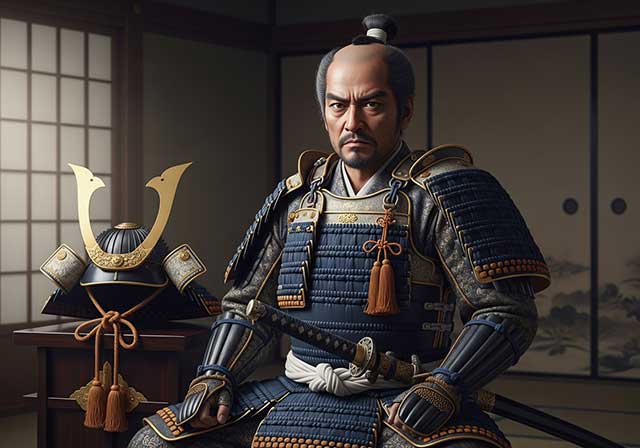
Ōuchi Yoshihiro was the second son of Ōuchi Hiroyo, who headed the Ōuchi clan in the western part of Honshu. In 1363, Shogun Ashikaga Yoshimitsu confirmed the Ōuchi family in the position of shugo of Suō and Nagato Provinces. In his youth, Yoshihiro assisted his father in strengthening the influence of the Northern Court on the island of Kyushu — they served under Imagawa Ryōsun, who had been tasked with subjugating the nine provinces of Kyushu.
-
Ouchi Yoshioki
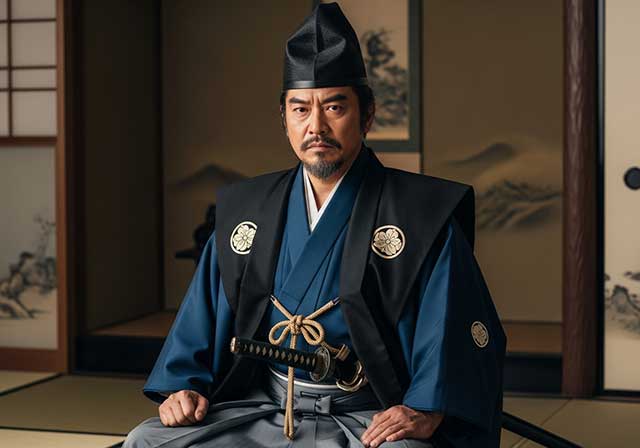
Ouchi Yoshioki, the ruler of the provinces of Suo, Nagato, and Iwami, was one of the most capable military commanders and politicians of the late 15th and early 16th centuries. The son of Ouchi Masahiro, he governed from his residence in Yamaguchi in the province of Suo. In 1499, Yoshioki gave refuge to Shogun Ashikaga Yoshitane, who had been driven out of Kyoto by Hosokawa Masamoto. Shogun Yoshizumi, Masamoto’s protégé, ordered the lords of Kyushu to unite their forces against Yoshioki; however, they did not dare to do so, fearing the power of a man who by that time controlled six provinces. Having gathered a substantial army, Yoshioki marched from his native Suo toward Kyoto in order to restore Shogun Yoshitane to power.
-
Otomo Sorin

Ōtomo Yoshishige came from a noble lineage, being the eldest son of Ōtomo Yoshiaki, the ruler of Funai Province. The roots of the Ōtomo family traced back to Fujiwara Hidesato, the adopted son of Nakahara Chikayoshi. Fujiwara served Minamoto Yoritomo during the Genpei War and took part in battles in Mutsu Province in 1189. In 1193, he was appointed shugo of Buzen and Bungo Provinces, after which he adopted a new surname—Ōtomo.
-
Okudaira Sadamasa
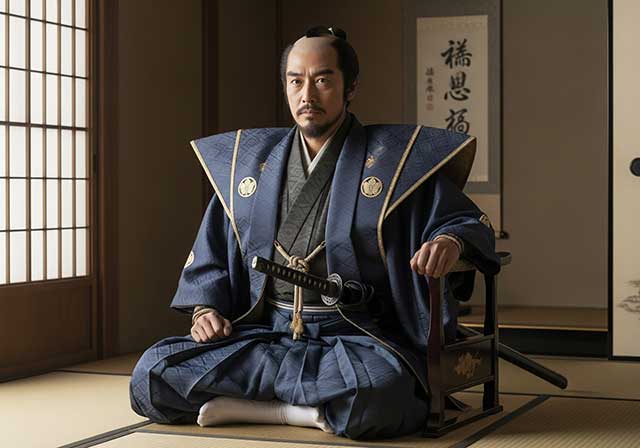
Sadamasa was the son of Okudaira Sadayoshi and took part in several battles under Tokugawa Ieyasu, distinguishing himself in the Battle of Anegawa in 1570, where he took two heads. Around 1572 he was forced to enter the service of the Takeda clan, but after the death of Takeda Shingen in 1573 he returned to Tokugawa, leaving Tsukude Castle together with his men. As a result of this defection, Takeda Katsuyori ordered the execution of Sadamasa’s wife and brother, who were being held as hostages.
-
Okubo Tadatika
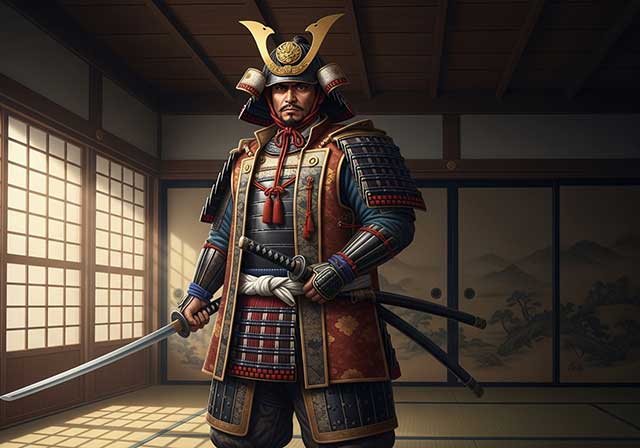
Tadatika, the son of Okubo Tadayō, entered the service of Tokugawa Ieyasu at the age of eleven, and took his first head in battle when he was sixteen. After the establishment of the Tokugawa shogunate, he was appointed as a rōjū — a senior bakufu official — and was regarded as one of Ieyasu’s most trusted advisors, alongside Honda Masanobu. He is also known for his military chronicle Mikawa Monogatari, which describes Ieyasu’s rise to power and the early years of the Tokugawa shogunate.

